The No-Nonsense Guide to Making Hand Sanitizer That Actually Works
Alright, let’s have an honest talk about hand sanitizer. I’ve spent years in environments where being clean isn’t just a nice idea—it’s non-negotiable. And when store shelves went bare, I saw a ton of well-meaning but frankly dangerous DIY advice pop up online. That’s exactly why I’m putting this guide together, to walk you through it the right way, just like I would with a new apprentice in my workshop.
In this article
We’re not just sloshing some stuff together in a bowl here. We’re creating a specific formula that needs to be both effective and safe. That means being precise, understanding your materials, and respecting the science behind it. But before we even start, let me be crystal clear on one thing: washing your hands with regular soap and water for at least 20 seconds is ALWAYS the best choice. Always. Hand sanitizer is an excellent backup for when you can’t get to a sink. Think of it as a great tool in your toolbox, not a replacement for the whole toolbox.

This guide breaks down two proven methods. The first is a robust, professional-grade liquid formula based on guidelines from major public health organizations. It’s the gold standard. The second is a simpler gel version you can make at home when you can’t find all the professional ingredients. We’ll get into the why behind each step, the safety stuff you can’t ignore, and the common mistakes I’ve seen people make time and time again.
How Sanitizer Actually Kills Germs
To get this right, you have to understand what you’re trying to accomplish. The main active ingredient in any sanitizer worth its salt is alcohol. It works through a neat little process called denaturation.
Imagine a germ—a virus or bacterium—as a tiny, complicated machine held together by proteins. Alcohol is a chemical that just bullies its way in and completely wrecks the structure of those proteins. It causes them to unfold and fall apart, rendering them useless. When the proteins that form a germ’s protective outer layer and internal parts are destroyed, the germ simply dies. Game over.
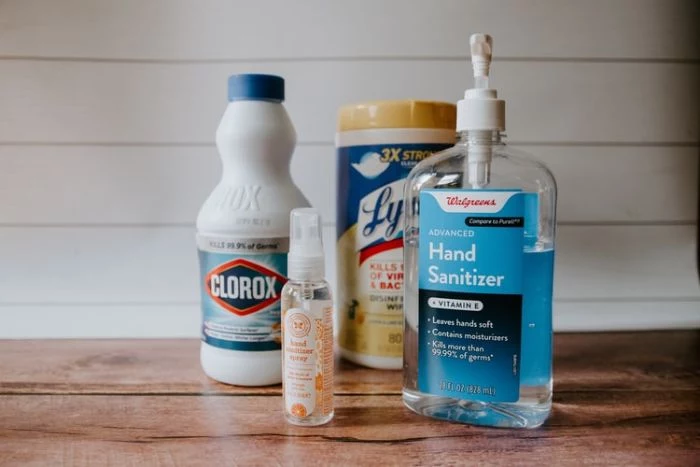
The Magic Number: Why 60% to 80% Alcohol is Key
This is where so many homemade recipes go wrong. The alcohol concentration is absolutely critical. Health experts are all in agreement on this: a hand sanitizer needs to have a final concentration of at least 60% alcohol to be effective. The sweet spot is generally between 60% and 80%.
- Too Low (Below 60%): If the concentration is too weak, the alcohol can’t reliably destroy germs. It might stun them a bit, but it won’t kill them effectively. This gives you a false sense of security, which is worse than having no sanitizer at all.
- Too High (Above 90%): It seems like more would be better, right? Nope. Super-high alcohol concentrations are actually less effective. Pure alcohol evaporates almost instantly the second it hits your warm skin, meaning it doesn’t have enough contact time to get inside the germ and do its job. You need a little bit of water in the mix to slow down evaporation and help the alcohol penetrate the germ. It’s why 70% isopropyl alcohol is a medical-grade disinfectant, not 99%.
Getting this concentration right isn’t something you can just eyeball. It demands careful measurement.
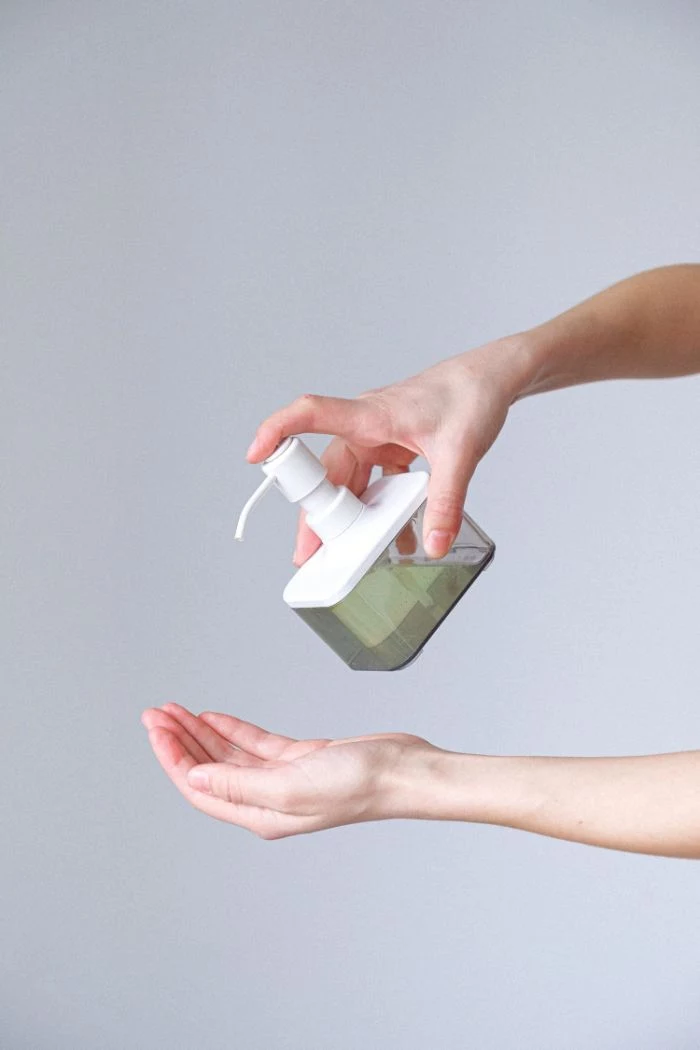
The Gold Standard: A Professional Liquid Sanitizer Spray
This formula is what the pros use. It was developed for local production in healthcare settings, and every single ingredient is in there for a very specific reason. The final product is a thin liquid spray, not a gel, which means it’s highly effective and doesn’t have the clumping or stickiness issues you can get with gel recipes.
Ingredients for the Pro Formula (Makes 1 Liter)
- High-Proof Alcohol: Your best bet is Isopropyl Alcohol (99% or 99.8%), and you’ll need 752 milliliters (mL). This is often sold at electronics supply stores or online. Alternatively, you can use Ethanol (96%)—about 833 mL. Make sure it’s not denatured with bitterants unless you’re okay with that.
- Hydrogen Peroxide (3%): You’ll need 42 mL. This is the standard stuff you find in any pharmacy.
- Glycerin (98%): Just 15 mL. This is also in the pharmacy aisle, usually with skin care products. It’s a thick, clear liquid.
- Distilled or Cooled Boiled Water: You’ll use this to top off the mixture to the 1-liter mark.
Heads up on cost: Expect to spend around $25 to $40 for all the initial ingredients to make your first 1-liter batch. The good news is that this will make a ton of sanitizer (a liter is over 33 ounces), and you’ll have plenty of glycerin and peroxide left over for future batches, making it much cheaper in the long run.
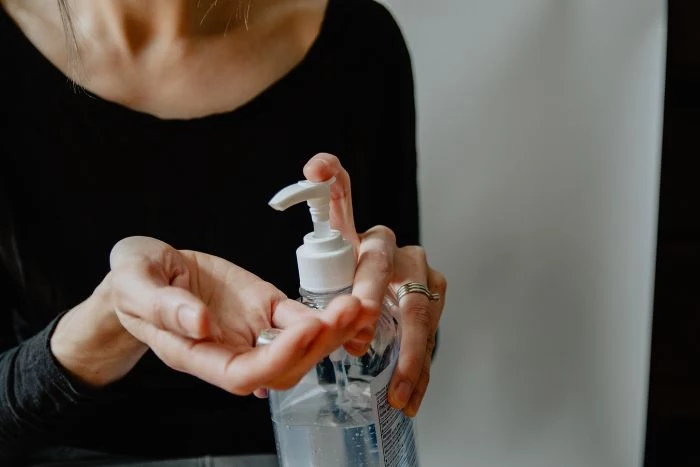
Why Each Ingredient Is Essential
Alcohol: This is the workhorse, the germ killer. And no, you can’t use vodka or rum from your liquor cabinet. A standard 80-proof spirit is only 40% alcohol, which is way too low to be effective.
Hydrogen Peroxide: A lot of people think this adds extra sanitizing power for your hands, but that’s not its main job here. It’s a safety measure for the batch itself. You add it to kill any stray bacterial spores that might have been contaminating your bottle or ingredients. It ensures the sanitizer you just made stays clean while it’s stored.
Glycerin: This is for your skin, and trust me, it’s not optional. High-proof alcohol is incredibly drying. Using it repeatedly can strip your skin of its natural oils, leading to painful cracks. Cracked skin is basically an open invitation for infection. Glycerin is a humectant, meaning it pulls moisture into the skin to counteract the drying effect of the alcohol.
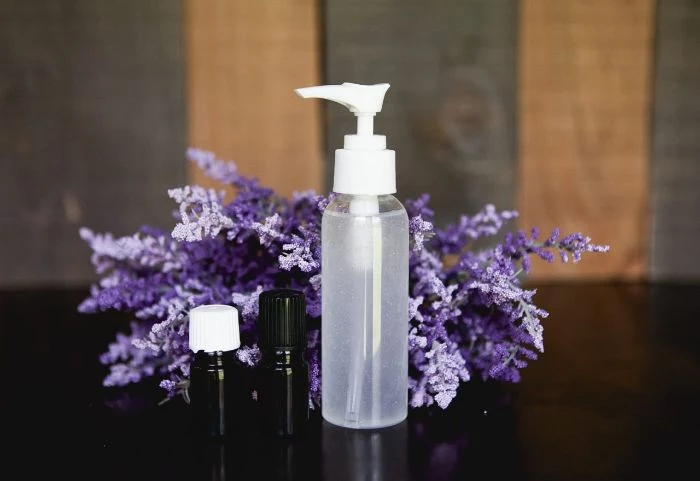
Distilled Water: You use this to dilute the alcohol to its most effective concentration. Using distilled or boiled-and-cooled water is best because it’s free of microbes or minerals that could mess with the formula.
Step-by-Step Mixing Guide
Safety First! Do this in a well-ventilated space. No open flames, no smoking, no pilot lights nearby. Alcohol fumes are very flammable.
- Prep Your Gear: Start by washing your mixing bottle (a 1-liter glass bottle with a screw top is perfect), measuring tools, and funnel with soap and water. Rinse everything well and let it air dry completely.
- Add the Alcohol: Carefully measure and pour the alcohol (752 mL of isopropyl or 833 mL of ethanol) into your large mixing bottle. A graduated cylinder is best, but a kitchen measuring cup with clear mL markings will work.
- Add the Hydrogen Peroxide: Measure and add the 42 mL of hydrogen peroxide.
- Add the Glycerin: Measure the 15 mL of glycerin. This stuff is thick and sticky, so use a small spatula to scrape every last bit into the mixing bottle. You want it all in there.
- Top with Water: Add your distilled or cooled boiled water until the liquid reaches the 1-liter (1000 mL) mark on your bottle.
- Mix It Up: Screw the lid on tight and gently shake or swirl the bottle for a full minute to get everything fully incorporated.
- Let It Rest (CRITICAL STEP): Now, let the sealed bottle sit undisturbed for 72 hours. I know, you want to use it right away, but don’t skip this. This is the time the hydrogen peroxide needs to do its job and zap any spores in the mix.
- Dispense and Label: After three days, use a funnel to pour your sanitizer into small, clean spray bottles. Immediately label every single one clearly: “Hand Sanitizer – Flammable.” You don’t want any mix-ups.
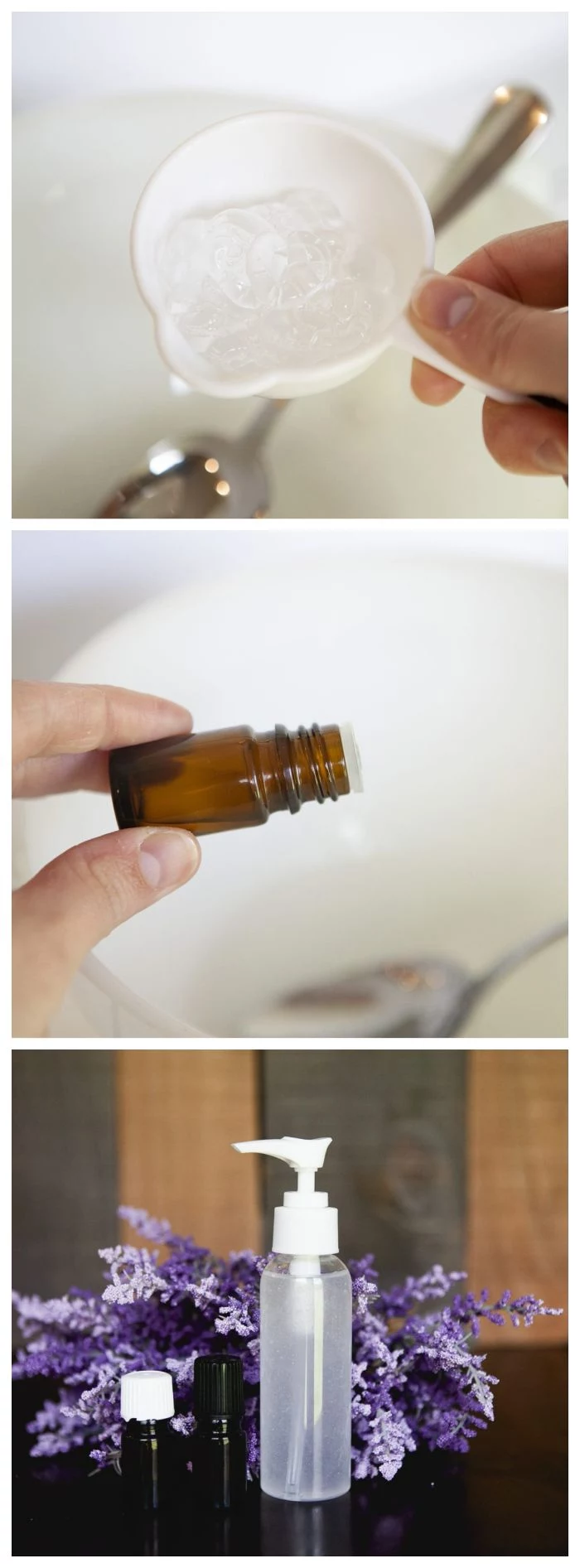
The Simple Gel: An Easy At-Home Recipe
I get it—finding all those ingredients for the pro formula can be a hassle. For times when you’re in a pinch, there’s a much simpler gel recipe that aligns with basic public health guidance. The key, once again, is getting the alcohol ratio right.
The main challenge here is texture. It can be tricky to get a smooth consistency, and it might feel a little different from store-bought gels. But as long as the math is solid, it will be effective.
Ingredients for the Simple Gel
- Isopropyl Alcohol (99%): 2 parts (for example, 2/3 cup or 200 mL).
- Pure Aloe Vera Gel: 1 part (for example, 1/3 cup or 100 mL).
- Optional: A few drops of a skin-safe essential oil for fragrance.
The All-Important 2:1 Ratio
To make this work, you absolutely have to use a high-concentration alcohol—ideally 99%. Then, you must mix it using a strict 2-to-1 ratio of alcohol to aloe vera gel. Let’s do the math: your total mixture is 3 parts (2 parts alcohol + 1 part aloe). The alcohol makes up 2 of those 3 parts. So, the final concentration is 2/3 of 99%, which comes out to 66%. That’s safely over the 60% minimum. Perfect.
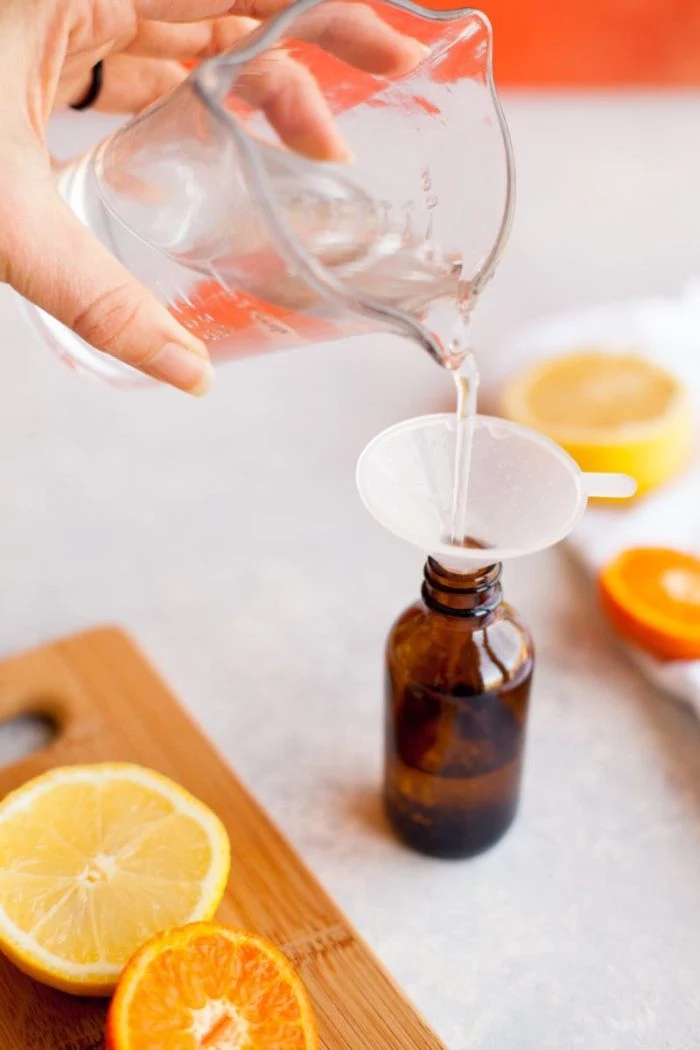
A quick tip for the nerds: What if you can only find 91% isopropyl alcohol? The math changes! If you use a 2:1 ratio with 91% alcohol, your final mix will be under 60%. To stay effective, you need to change the ratio to roughly 3 parts 91% alcohol to 1 part aloe vera. This will get you to a final concentration of about 68%.
Step-by-Step Mixing Guide
- Measure Carefully: In a clean bowl, measure out your alcohol and aloe vera gel. If you use 1 cup of alcohol, use 1/2 cup of aloe vera gel. Maintain that 2:1 ratio (or 3:1 if using 91% alcohol).
- Whisk Like You Mean It: Pour the ingredients into the bowl. It’s going to look like a clumpy, separated mess at first. That’s normal. Use a clean whisk and mix vigorously for a minute or two until it starts to come together into a smoother gel.
- Add Scent (Optional): If you want a scent, add it now. Use just 3-5 drops of a skin-safe essential oil like lavender or tea tree per cup of sanitizer. Any more can be irritating. Remember, this is just for smell—it adds no extra germ-killing power.
- Bottle and Label: Carefully pour the gel into a clean pump or squeeze bottle. And you guessed it—label it immediately: “Hand Sanitizer – Flammable.”
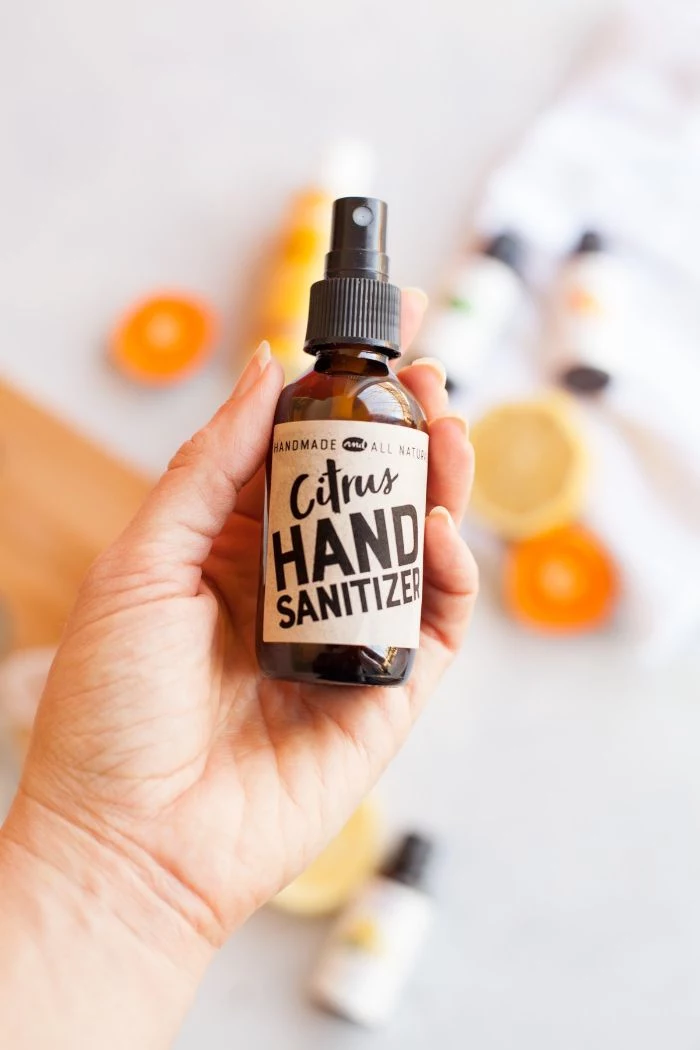
Troubleshooting the Gel Recipe
Sometimes this simple recipe just doesn’t cooperate. I once helped a friend whose gel separated into a watery, clumpy disaster. The culprit? An aloe vera gel that was full of thickeners and other additives. When you’re buying aloe, look for 100% pure aloe vera gel. Avoid the bright green stuff that has lidocaine or other weird ingredients, as these often get gummy or refuse to mix with the high-proof alcohol. Read the label! If your batch is still too sticky or watery, it’s almost always an issue with the aloe or an incorrect ratio.
A Note on Storage and Shelf Life
Whether you made the liquid or the gel, store it in a sealed container away from direct sunlight and heat (like in a hot car). Your homemade sanitizer should remain effective for at least a year, but it’s probably best to make fresh batches annually just to be safe. Over time, alcohol can evaporate from a poorly sealed container, lowering its concentration and making it less effective.
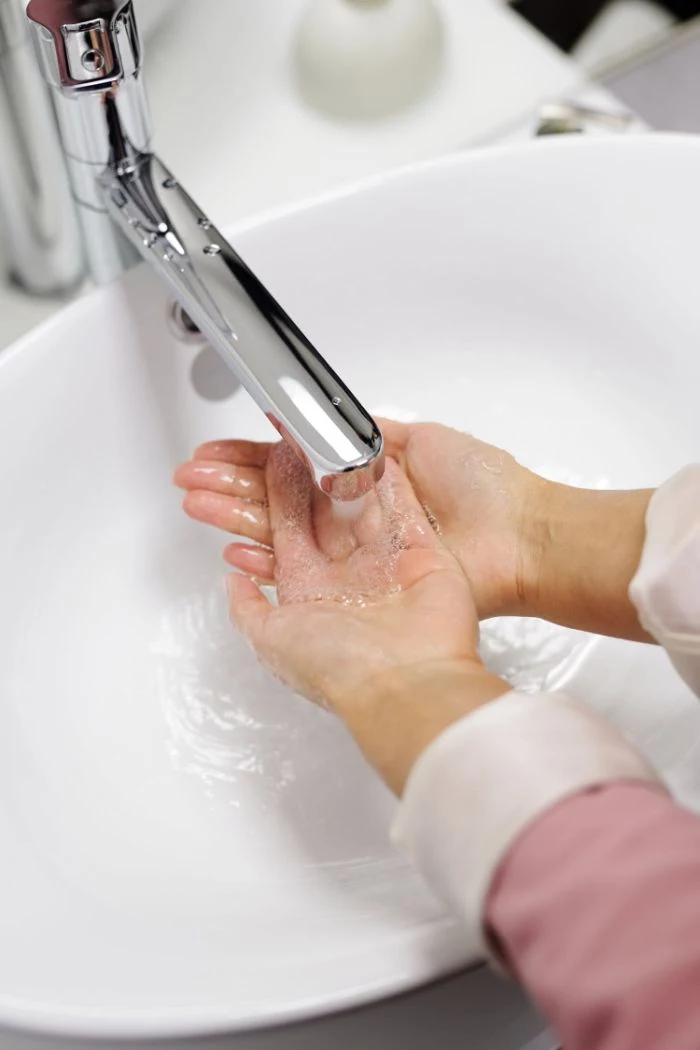
Inspiration Gallery
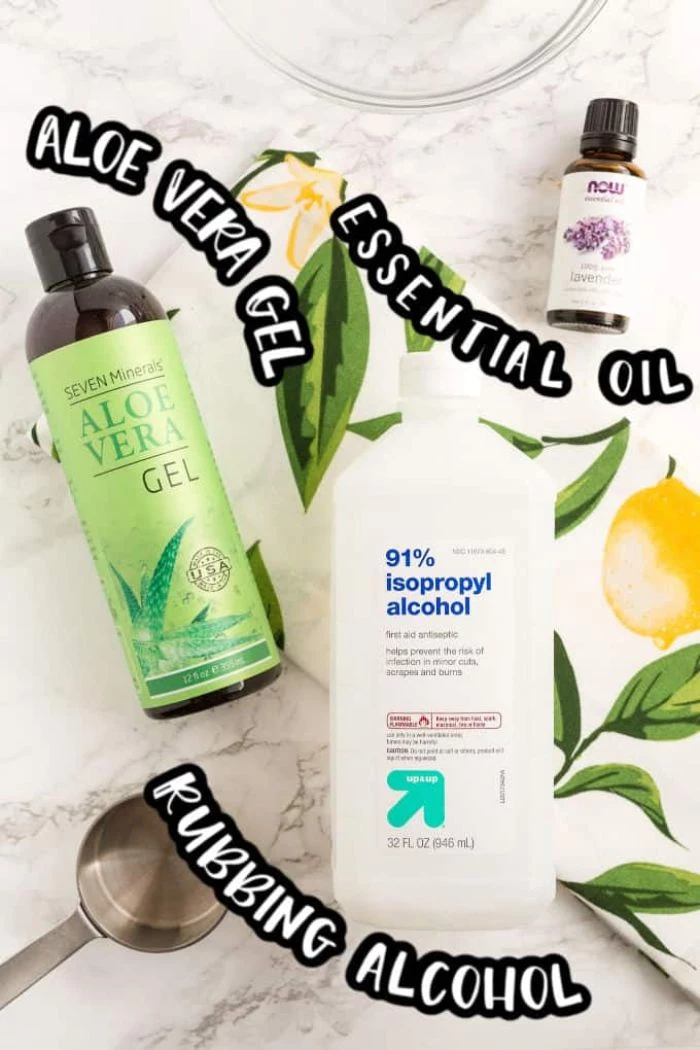
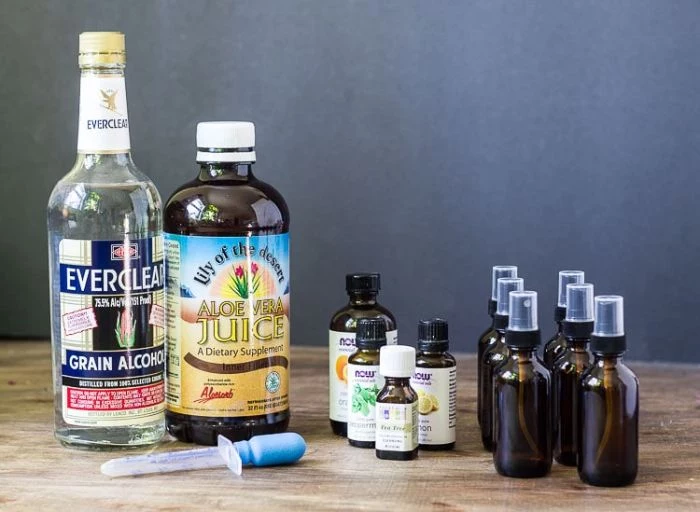
Isopropyl vs. Ethyl Alcohol: What’s the Difference?
Isopropyl Alcohol (IPA): This is the classic “rubbing alcohol.” It’s very effective and has a strong, sharp medicinal smell. It can be more drying on the skin, which is why adding a moisturizer like aloe vera or glycerin is crucial.
Ethyl Alcohol (Ethanol): This is the same type of alcohol found in alcoholic beverages, but for sanitizer, you need a high-purity, undenatured version (like Everclear 190 proof). It’s equally effective but has a less harsh odor. Many commercial sanitizers use ethanol. Both work perfectly as long as the final concentration in your sanitizer is above 60%.
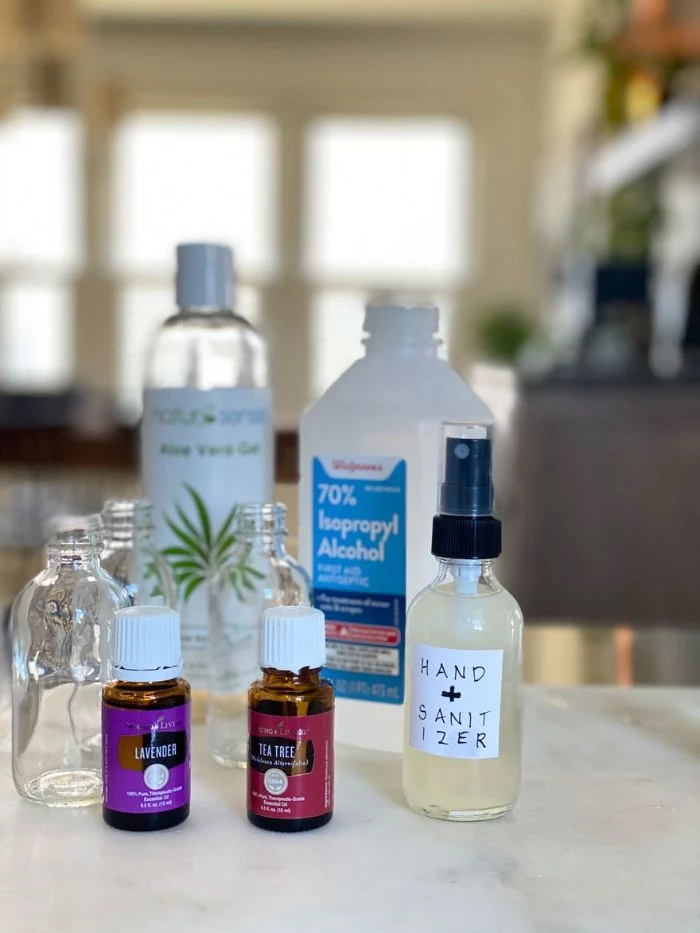
The concept of a waterless, alcohol-based hand rub was first patented by Lupe Hernandez, a nursing student from Bakersfield, California, in 1966.
She observed that alcohol delivered via a gel could be accessible to doctors and medical staff in situations where they couldn’t get to a sink for soap and water. Her invention laid the groundwork for the portable sanitizers that became a public health staple decades later.
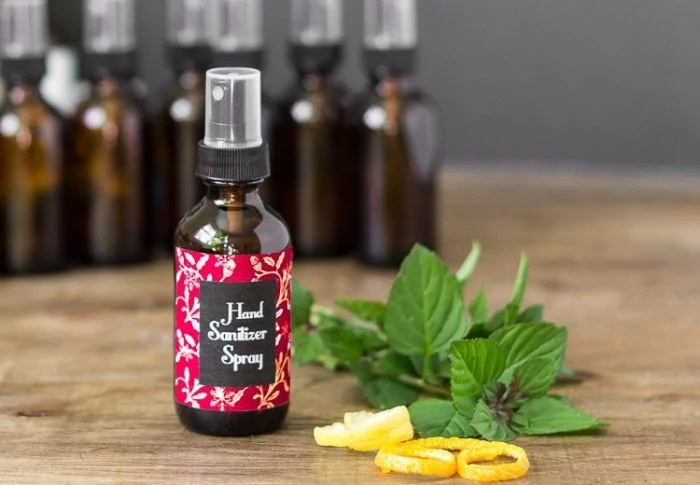
My homemade sanitizer feels sticky and leaves a residue. What did I do wrong?
This is almost always due to an incorrect ratio of aloe vera gel to alcohol. Too much aloe, especially thick commercial gels, can cause that tacky feeling. The solution is to increase the proportion of alcohol slightly. If your recipe is already at the minimum 2:1 alcohol-to-aloe ratio, try adding another tablespoon of high-proof alcohol to your mix. Alternatively, using a thinner, more liquid aloe vera juice instead of a thick gel can also solve the problem and create a much lighter spray-on sanitizer.
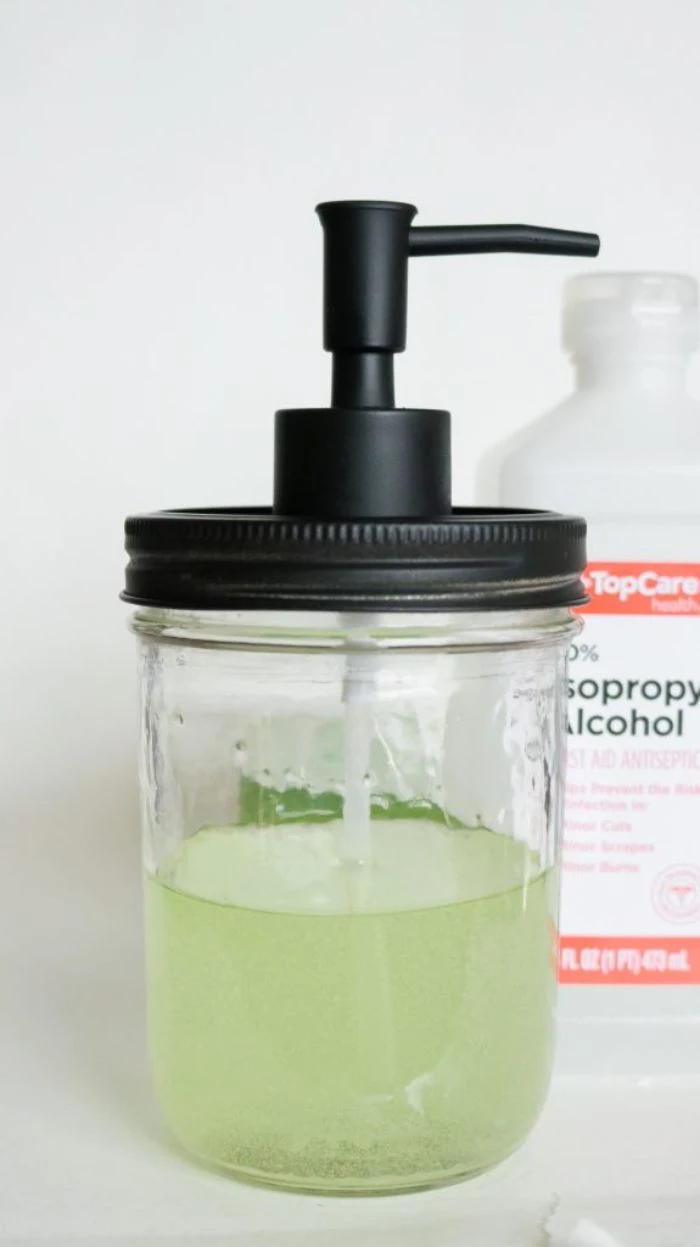
A common pitfall: Thinking any spirit from the liquor cabinet will work. Standard vodka, gin, or whiskey is only about 40% alcohol (80 proof). This is far below the 60%+ final concentration needed to effectively kill germs. Using them will give you a nicely scented, but completely ineffective, hand lotion. Stick to high-proof grain alcohol (at least 95% ABV / 190 proof) or isopropyl alcohol (91% or 99%).
- It doesn’t leak in your bag.
- It’s easy to refill without a mess.
- It looks sleek and modern, not clinical.
The secret? Investing in the right travel container. Forget flimsy disposables. Brands like Cadence offer modular, magnetic, leak-proof capsules perfect for thick gels. For liquid sprays, look for high-quality atomizers in amber or cobalt glass, which also help protect essential oils from UV degradation.
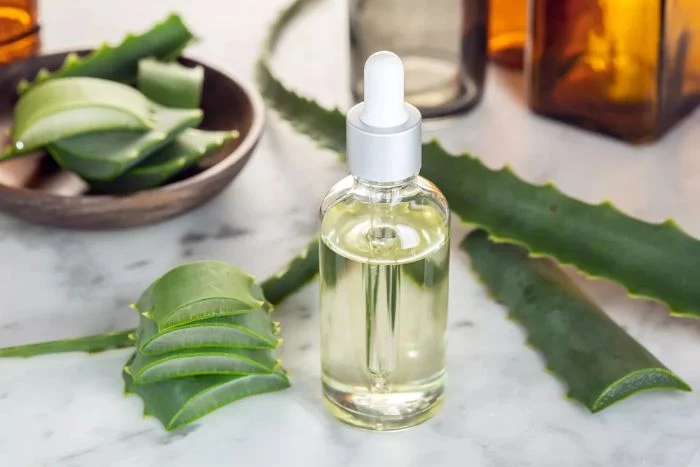
Scent plays a huge role in our perception of cleanliness. Studies show that a pleasant citrus or pine scent can make people perceive a surface—or their hands—as being cleaner.
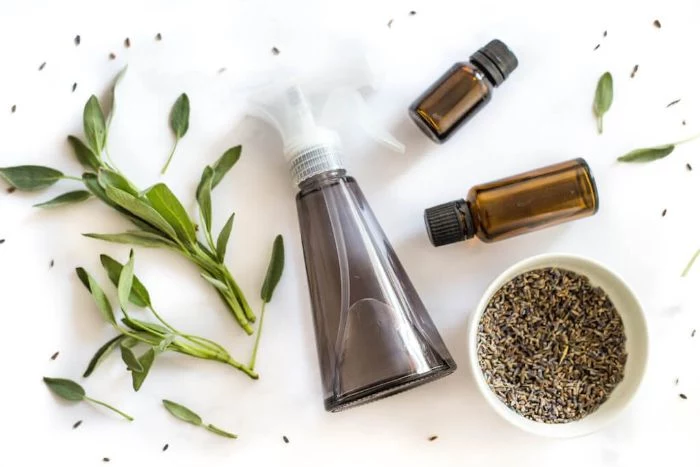
Beyond the basic lavender or tea tree, consider creating a more sophisticated scent profile for your sanitizer. A few drops are all you need. Try these combinations:
- Woodsy & Fresh: Cedarwood + Bergamot
- Spicy & Warm: Clove + Sweet Orange
- Herbaceous & Calming: Rosemary + Peppermint
When choosing your aloe vera, look for a product with the fewest additives. Many green commercial gels contain lidocaine for sunburn relief or unnecessary thickeners and colorants. For the purest formula, seek out clear, 100% aloe vera gel or juice, often found in the health food section. The brand Lily of the Desert, for example, offers a pure aloe juice that is perfect for creating a non-sticky spray sanitizer.










